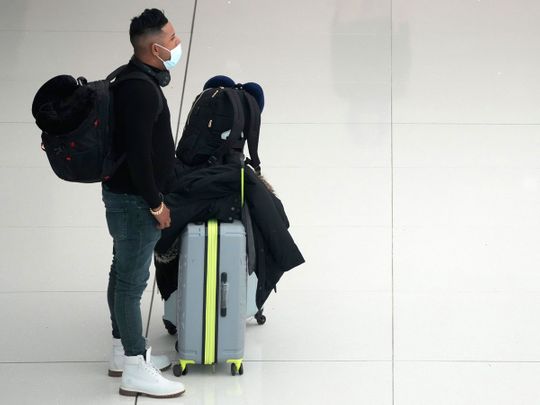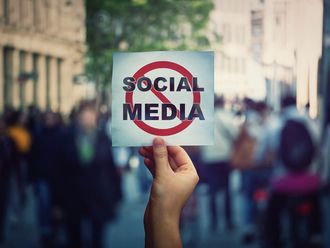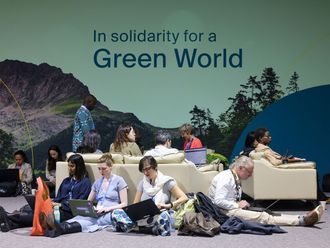
Blues gloves! That caught my attention. I looked up and saw a green mask. An N95 mask, and it sat atop a pale blue surgical mask on a tired face. The passenger who sat across the aisle was fully geared for the flight in the time of Omicron. A bit too overcautious, I thought.
I wouldn’t blame him for being too vigilant. Especially given the rapid pace at which Omicron, the newest coronavirus variant, has been spreading COVID-19 infections worldwide.
While the number of cases has spiked alarmingly, experts tell us that the severity of Omicron infections has been mild. Hospitalisations have been few — only for people with underlying health conditions — and deaths rare.
Masks: N95, KN95 or a cloth mask
So I felt secure behind my KN95 mask. I wore surgical masks throughout my two-week trip to India and only slipped into the K95 mask at the airport. That’s because airports are enclosed spaces teeming with people, and I was travelling at a peak holiday season. A surgical mask would suffice, but a KN95 was my way of upping the safety precautions.
Cloth masks, in fancy styles and bright colours, are popular in India. But I avoided them simply because surgical masks do a better job of keeping out the virus. Pointy N95 masks in various hues also seemed popular in Kerala, but I wasn’t sure of their efficacy because they looked very different from the N95s I’ve seen. Are they genuine N95 masks? I wondered. Anyway, I would leave the N95s to the medical professionals. They need them the most.
Two years after COVID-19 disrupted our lives, we seemed to have learned to live with SARS-CoV-2, the coronavirus. The holiday season was perhaps the best indicator of how we overcame our travel fears. And it was my first trip since 2019.
Negotiating RT-PCT tests
True, there were inconveniences. But much of these stemmed from the measures to ensure the safety of travellers. So no complaints.
A lingering COVID threat meant RT-PCR tests were mandatory. Flying out of the UAE was easy with one test, but I went through three tests in 48 hours while returning. My nostrils might be a bit sore, but I’m relieved to have returned without an infection.
I have had several tests in the UAE last year and have even developed a PCR test routine to reduce the discomfort. But none of that prepared me for the tests ahead of my return. A throat swab was followed by samples from my nostrils; it felt like the technician was keen to find that elusive virus. It was awkward, but I understand that these frontline workers are leaving nothing to chance. It’s their diligence that gives us the confidence to travel.
Travelling in the new year is always tricky. Airports are packed with travellers, and flights are often delayed. With several delayed flights arriving around the same time, the scramble at the baggage carousel is scary.
I was lucky. At least I got home. Never mind the five-hour wait to catch the flight and two hours to pick up the bags. Think of the people who were booked on the 3,800 flights cancelled on Sunday (January 2).That’s travel in the time of Omicron.
We have seen off most of the variants, so Omicron too shall pass. Let’s mask up and follow the safety protocols. Go ahead and wear blue gloves if it makes you feel safe. After all, our safety is in our hands. Safe travels.









